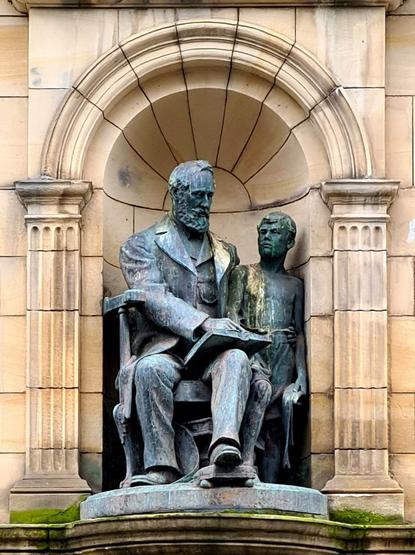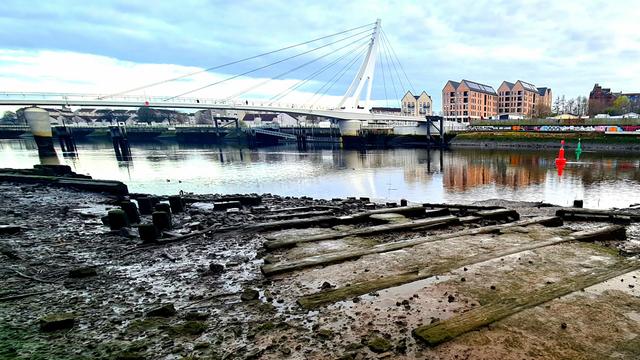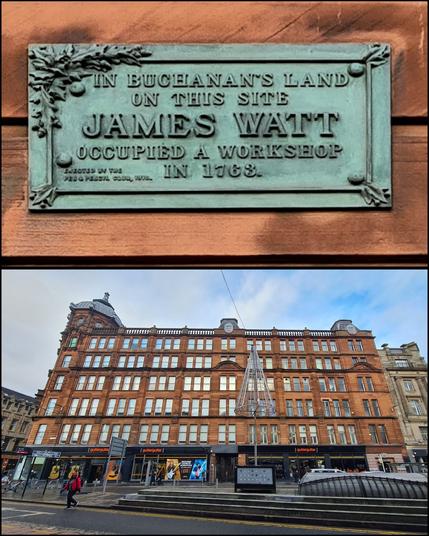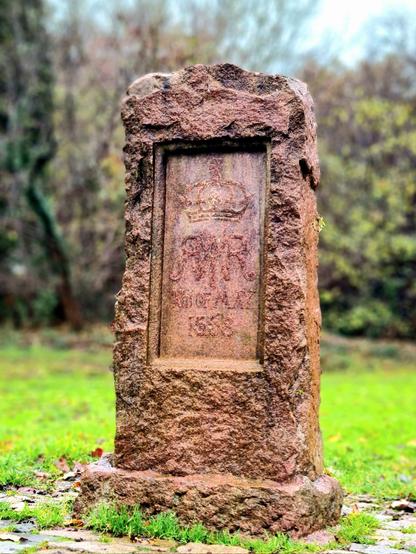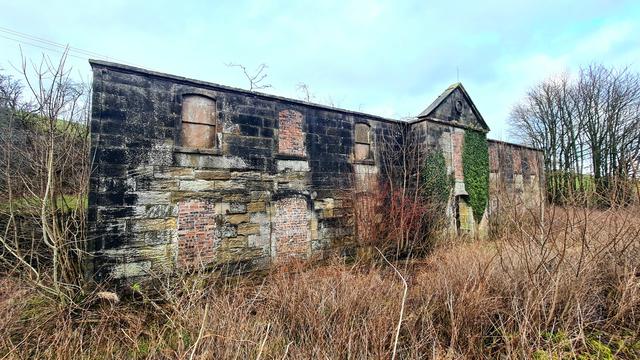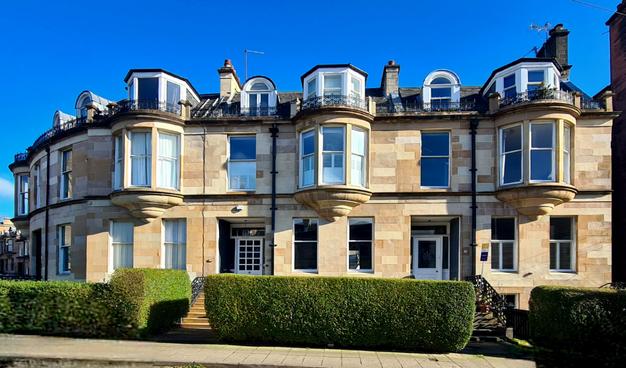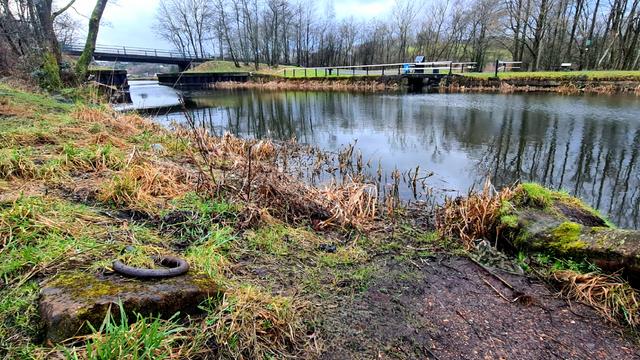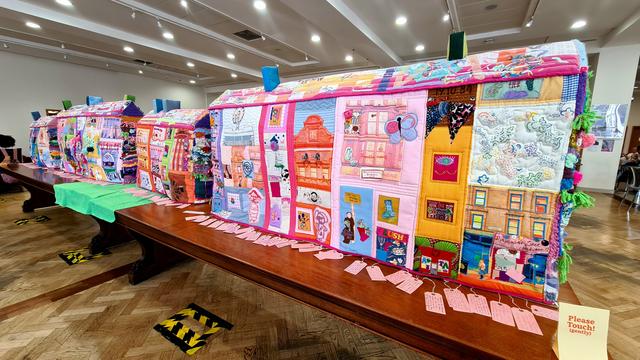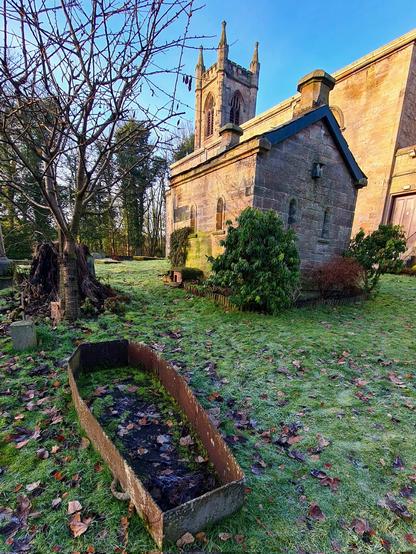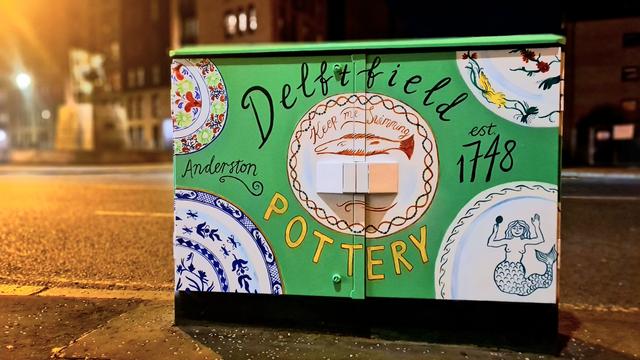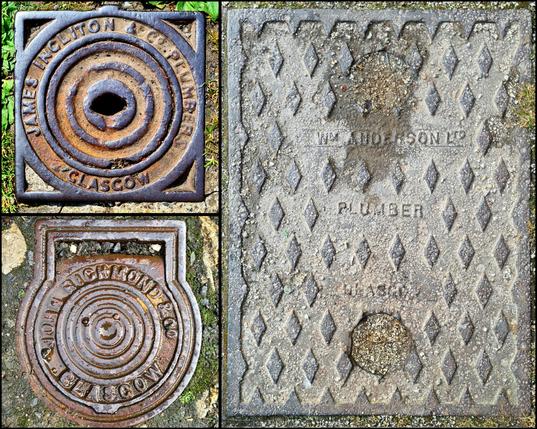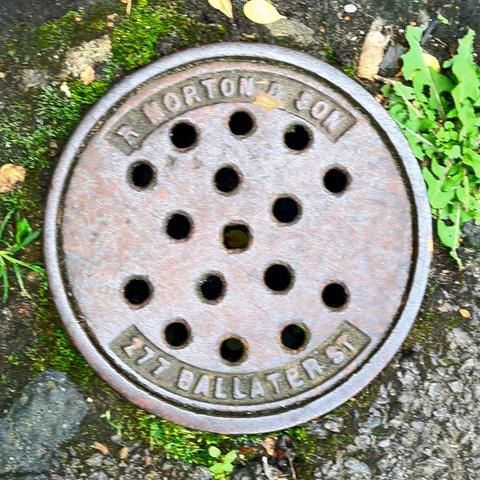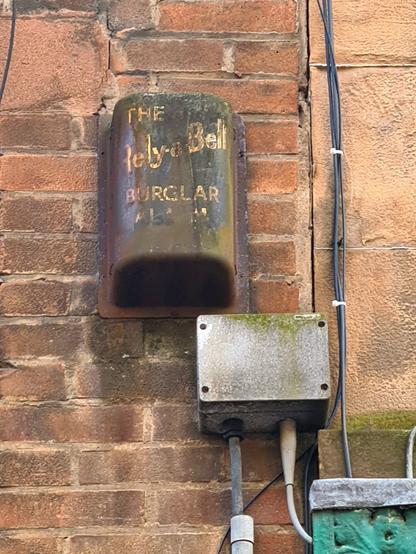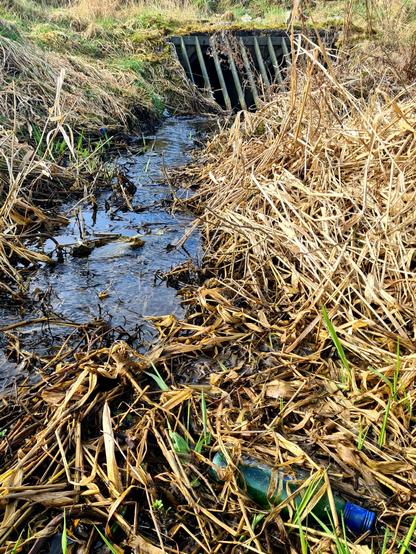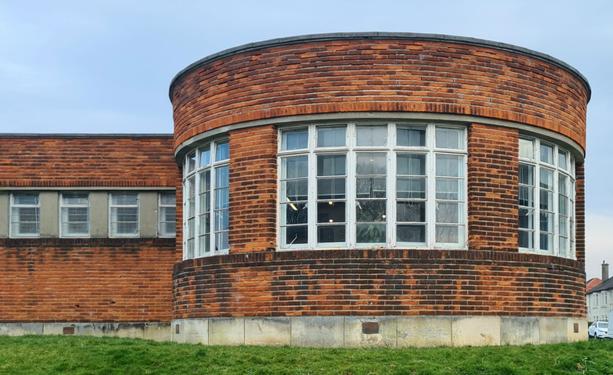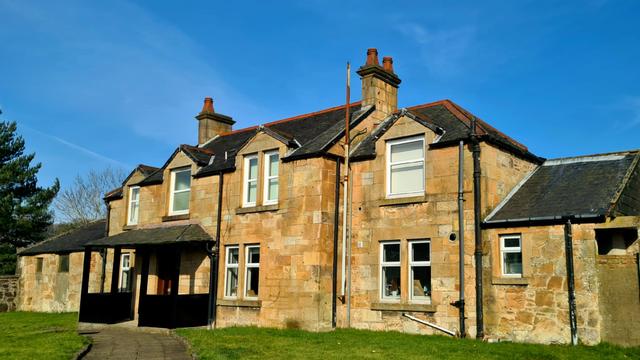Memorial to John Stewart who founded the City of Glasgow Friendly Society in 1862. This sculpture, on the city's Douglas Street, is by William Kellock Brown. The aim of the City of Glasgow Friendly Society was to 'enable members of the industrial classes to arrange with one another for mutual aid during sickness or on the arrival of old age'.
#glasgowhistory
The remains of one of the slipways of the former Meadowside Shipyard on the foreshore of the north bank of the Clyde in Glasgow revealed by last night's very low Spring tide. In the background is the new Govan-Partick pedestrian bridge.
I love this plaque on Thomson and Sandilands 1910s commercial building on Trongate in Glasgow. It's a nice reminder of one of the many links between the city and Scotland's greatest inventor and engineer.
Queen Mary's Stone on Court Knowe in the Cathcart area of Glasgow. This stone supposedly marks the spot where Mary Queen of Scots watched the Battle of Langside in 1568, where her army was soundly beaten. However, it seems unlikely that this was the actual spot from where she watched the battle as it was close to Cathcart Castle, which was held by a supporter of her opponent, James Stewart, Earl of Moray.
The remains of the 1820s Craigmarloch Stables near Kilsyth. This was one of a number of identical stables built along the Forth and Clyde Canal in central Scotland to provide changes of the teams of horses used to pull fast passenger vessels known as Swifts. Capable of carrying up to 200 people, these Swifts could make the journey between Edinburgh and Glasgow in less than 8 hours at a time when it would take several days to make the same journey by road.
1880s townhouses on Grosvenor Crescent in the West End of Glasgow. The first occupant of the two houses on the right is listed as Mrs Arnott, a china merchant at James Dymock & Co, whose premises were just around the corner at 309 Byres Road.
#glasgow #architecture #byresroad #architecturephotography #glasgowwestend
#glasgowhistory
The former mooring point of the Queens of the Canals at the Craigmarloch Basin on the Forth and Clyde Canal, some 25km east of Glasgow. In 1893, a steamer by the name of the Fairy Queen started offering day trips along the canal between Port Dundas in Glasgow and Craigmarloch.
Cont./
Soft City, a community art project which explores the history of social and retail spaces on Sauchiehall Street in Glasgow. Led by Alice Brown and Ellie Mills, the finished soft sculpture model is currently on display at the Mitchell Library.
Invented in the 1810s, the heavy coffin-shaped mortsafe was placed over the wooden coffin after interment and left there until the body had decomposed enough to no longer be suitable for dissection. The watchhouse would be occupied for the same period of time.
A cast iron mortsafe and stone watchhouse in the Cadder Parish Churchyard on the outskirts of Glasgow. These features were designed to thwart the body-snatchers of the early 1800s who would steal the recently buried to sell to local medical schools.
Cont./
Another of the newly decorated junction boxes in the Anderston area of Glasgow, this time at the cornwr between Argyle Streets and St Vincent Street. It's highlighting the history of the local Delftfield Pottery, which was established by the tobacco merchants Laurence and Robert Dinwiddle on the Broomielaw in 1748, primarily to create Delftware.
Cast iron calling cards. These old access covers from the streets of Glasgow all feature the name of the plumbing company which installed them. While no longer common, you can find similar ones advertising different plumbing and building companies throughout the city. Most of the businesses no longer exist, but the one in the bottom left, John Richmond and Co Ltd, is still trading today, some 135 years after it was established in 1885.
Old branded access cover in the Govanhill area of Glasgow. A cursory search hasn't located R Morton and Son, but I presume they were plumbers. A deeper dive into the records should confirm this, but the site of their premises at 277 Ballater Street is now occupied by the Gorbals Leisure Centre.
Old Rely-A-Bell burglar alarm box on Great George Street in the West End of in Glasgow. First created around 1904, Rely-A-Bell burglar alarms were initially manufactured by the London ironmonger Thomas Gunn. It was spun off into its own company, the Rely-a-Bell Burglar and Fire Alarm Company Limited, in 1921. It's believed to be the oldest burglar alarm company in the UK.
As the city developed it was covered over and now it primarily runs underground through culverts between here and the point where in enters the Clyde near the tidal weir at Glasgow Green. However, a short section is visible at the surface on the southern side of Duke Street near its junction with John Knox Street.
The Molendinar Burn, Glasgow's third river, disappearing into a culvert near Riddrie Park Cemetery. The original religious settlement from which Glasgow grew, founded by St Mungo in the 6th Century, was built on the banks of the Molendinar, and over time, its waters were to power mills and brew beer.
Cont./
A fragment of the old Monkland Canal passing under Castle Street in Glasgow. Designed by James Watt, this canal was completed in 1794 and was built to bring coal into Glasgow. Most of it was filled in when the M8 was built in the 1970s. If you look on the right hand side, you can still see where the ropes used to pull the barges have worn grooves into the metal positioned to protect the stonework on the corner of the bridge.
One of the distinctive corner bow windows of the Knightswood Community Centre. Designed in a Modern Movement style in 1938 by Thomas Somers (who also designed the city's Kelvin Hall), the first phase wasn't completed until 1950, some 25 years after the first homes were occupied in this newly developed Glasgow suburb. It was 1971 before the rest of it was finished.
The main house was demolished in 1954, with Wolfson Halls of Residence being built in its place in 1965. The rest of the estate was used first to establish an animal hospital in 1957, and then the Glasgow vet school in 1970. Despite these developments, a number of remnants of its former grand estate can still be found on the surrounding grounds to this day, such as this farm house, which appears on maps from the mid-1800s onwards.
The main house of the Home Farm on the Garscube Estate on the northwestern edge of Glasgow. This land had been owned by the Campbell family since 1687, and in 1827 Archibald Campbell built the grand Garscube House on the estate to replace an earlier mansion. The house and lands were subsequently purchased by Glasgow University in 1948, and who still own it now.
Cont./


